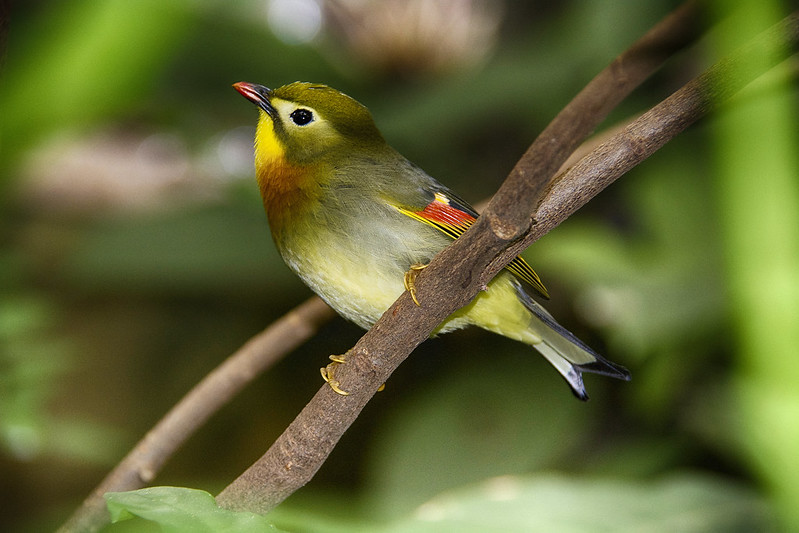
European Stonechat is a gorgeous bird & an exception among decreasing #FarmlandBirds in Belgium: population increased 4-fold since 2000. Why is #stonechat so successful in man-made landscape?
Paper from RGailly out in #Oecologia @SpringerNature thread #ornithology 📸FCarion 1/10

Paper from RGailly out in #Oecologia @SpringerNature thread #ornithology 📸FCarion 1/10


In our study area, stonechats can choose b/w 3 habitats: clear-cut, grassland & Christmas-tree plantations (CTP) a non-food perennial crop. A previous study shown this crop is offering a higher bird diversity than grassland when hedgerows are scarce. 2/10 sciencedirect.com/science/articl… 



But is this a good idea for stonechat to breed in intensive Christmas-tree crop? We compared fitness-related parameters between these 3 anthropogenic habitats. First, ♂️♂️ prefer clear-cut over the 2 other habitats as they are reoccupied earlier after spring migration 3/10 

Reproductive performance, as measured by nbr of successful breeding attempt & brood sizes, is similar b/w all 3 habitats. Only nestling body condition is on average lower in clear-cut. This is because mean nestling body condition is decreasing for later brood in clear-cut. 4/10 

So Stonechat ♂️♂️ prefer clearcut over other habitats even if they produced weaker offsprings in summer in this habitat. This maladaptive habitat selection was also observed for Red-backed Shrike. In clearcut prey abundance decrease in summer 5/10
https ://doi.org/10.1086/691329
https ://doi.org/10.1086/691329

For stonechat, however, lower offspring quality in clear-cut did not result in reduced first-year survival. Adult survival is also not differing b/w land-uses. Stonechat seems to adapt to man-made new habitat and to thrive in any of these habitats. 6/10 

Even with major differences in management regime, Christmas-tree crops and grassland are functionally similar for flexible stonechats.
Proud to be part of this study by RGailly📸LCousseau @nicolas_titeux MDufrene
Full paper here: rdcu.be/b8agZ
but it's not all ! 7/10
Proud to be part of this study by RGailly📸LCousseau @nicolas_titeux MDufrene
Full paper here: rdcu.be/b8agZ
but it's not all ! 7/10

Moreover, thanks to fantastic fieldwork with #ColourRing by RGailly & top level modelling by LCousseau, we learned how far stonechat can disperse from its territory from one year to another:
They don't go far, only a few km, even for 1st year! 8/10
readcube.com/articles/suppl…

They don't go far, only a few km, even for 1st year! 8/10
readcube.com/articles/suppl…


Short-range dispersal distance is important knowledge if we want to restore habitat for closely-related #whinchat, an endangered #FarmlandBirds surviving only in a small part of remaining former range. 9/10 



As adapted to man-made habitat it could be, stonechat is, however, globally declining in the EU as seen in recent #EUStafeOfNature. Why these differences b/w countries? Many questions remain. Thanks for reading this, RT if you like #stonechat 🙂 10/10
nature-art12.eionet.europa.eu/article12/summ…
nature-art12.eionet.europa.eu/article12/summ…

@threadreaderapp unroll please 🙂
• • •
Missing some Tweet in this thread? You can try to
force a refresh











